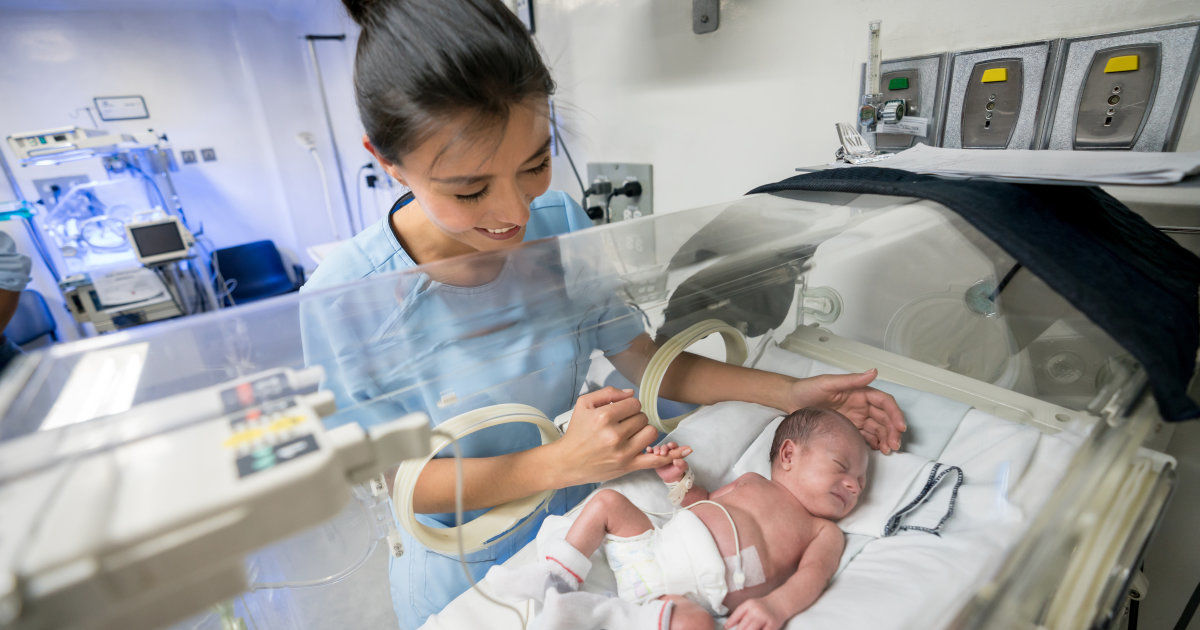How To Treat Biliary Atresia
Biliary atresia is an uncommon liver disease that affects infants. It occurs when the digestive bile produced in the liver is trapped in the liver due to the swelling and blockage of the bile ducts. When the bile is trapped in the liver, this results in damage and scarring to the liver cells. The liver cells are responsible for producing a liquid substance known as digestive bile, and this bile travels from the ducts to the small intestine to help digest fat, in addition, to carry waste products to the small intestine for excretion. When this bile flow from the liver to the small intestine is blocked, the digestive bile is trapped inside the liver and negatively affects liver cells, damaging and scarring them.
Symptoms commonly associated with biliary atresia include jaundice, dark-colored urine, and weight loss. Furthermore, biliary atresia can be caused by various means, including infections, contact with chemicals, immune system problems, liver development problems in the womb, and changes in genes. When biliary atresia is left untreated, it can lead to liver damage, but there are multiple forms of treatments that affected infants can undergo to bypass the symptoms and better their condition. Get to know them now.
Kasai Procedure

When an infant has jaundice because of biliary atresia, a surgery is immediately required so the doctor can examine the infant’s bile ducts. When it’s confirmed biliary atresia is the cause of jaundice, the Kasai procedure can be performed. During this procedure, the affected infant’s bile ducts are reconstructed to restore the flow of the digestive bile from the liver to the small intestine. In this procedure, the swollen or blocked bile ducts, as well as the infant’s gallbladder, are both replaced with a small portion of the intestine that is then connected to the liver. When the intestine is connected to the liver, this allows the digestive bile trapped inside the liver to drain out normally, restoring the flow of the bile in the infant’s body to normal. By joining the liver and the intestine, a new bile duct system is created.
Keep reading to learn about the next method of treating biliary atresia now.
Antibiotic Therapy

Although biliary atresia cannot be treated with medication alone, antibiotics may be recommended after a procedure or a more severe method of treatment has been administered. Not only do antibiotics after surgery or other procedure enhance the results of that procedure, but antibiotics also have the ability to prevent certain infections that commonly take place after the surgery. In addition to this, there are certain antibiotics with the ability to improve the outcome of biliary atresia, such as ursodeoxycholic acid. This antibiotic can not only improve the outcomes of the surgery on infants, but it is also responsible for enhancing the flow of bile for affects infants.
Discover more biliary atresia treatments now.
Liver Transplant

A large majority of the infants who underwent the Kasai surgery will end up needing a liver transplant by five years old. The requirement for a transplant is dependent upon the severity of the damage the bile duct blockage caused on the liver cells. Regardless, a transplant of the liver is a highly successful treatment for infants diagnosed with biliary atresia, especially with the knowledge and opportunities modern technology offers. More specifically, technological advances in treatment for biliary atresia allow for either a split liver or a reduced size transplant of the liver to take place. This is beneficial because previously, only children were considered suitable donors for transplants on other children. But with split liver and reduced size transplants, both adults and children can potentially be suitable donors for liver donations to infants.
Continue reading to reveal more information about treating biliary atresia now.
Vitamin Supplements

Any reduction in the flow of bile in an infant’s body can cause there to be problems with digestion, resulting in a loss of appetite in addition to low levels of proteins, vitamins, and minerals in the infant’s body. Because of this, infants affected by biliary atresia are recommended to be on a strict eating plan that involves adding extra vitamin supplements to the infant’s formula, breast milk, or food. More specifically, infants who have undergone surgery for biliary atresia are advised to eat a well-balanced diet containing fat-soluble vitamins. Their meal plan should consist of at least three meals per day with well-balanced foods to ensure recovery of their digestive systems. Although digestion may seem to return to normal after corrective surgery is performed, they are still advised to consume vitamin and mineral supplements.
Uncover more ways to treat biliary atresia now.
High-Calorie Liquid Feeding

High-calorie liquid feeding is recommended for infants who have undergone surgery to cure their biliary atresia and have a difficult time consuming foods like normal. This method of treatment is beneficial for infants who seem too ill to eat normally after their surgery for biliary atresia. Liquid feeding is given through a tube known as a nasogastric tube that is placed in the nose and guided down the infant’s esophagus and into their stomach. This allows the nutrients and calories from the food to enter directly into the child’s stomach, avoiding any problems with their consumption of food. In addition to this, doctors also advise children who have undergone surgery for biliary atresia to also consume medium-chain triglyceride (MCT) oil, which contains extra calories. By adding MCT oil to a child’s food or liquids, they are receiving additional calories to their diet, resulting in the enhancement and promotion of their health and recovery after surgery.